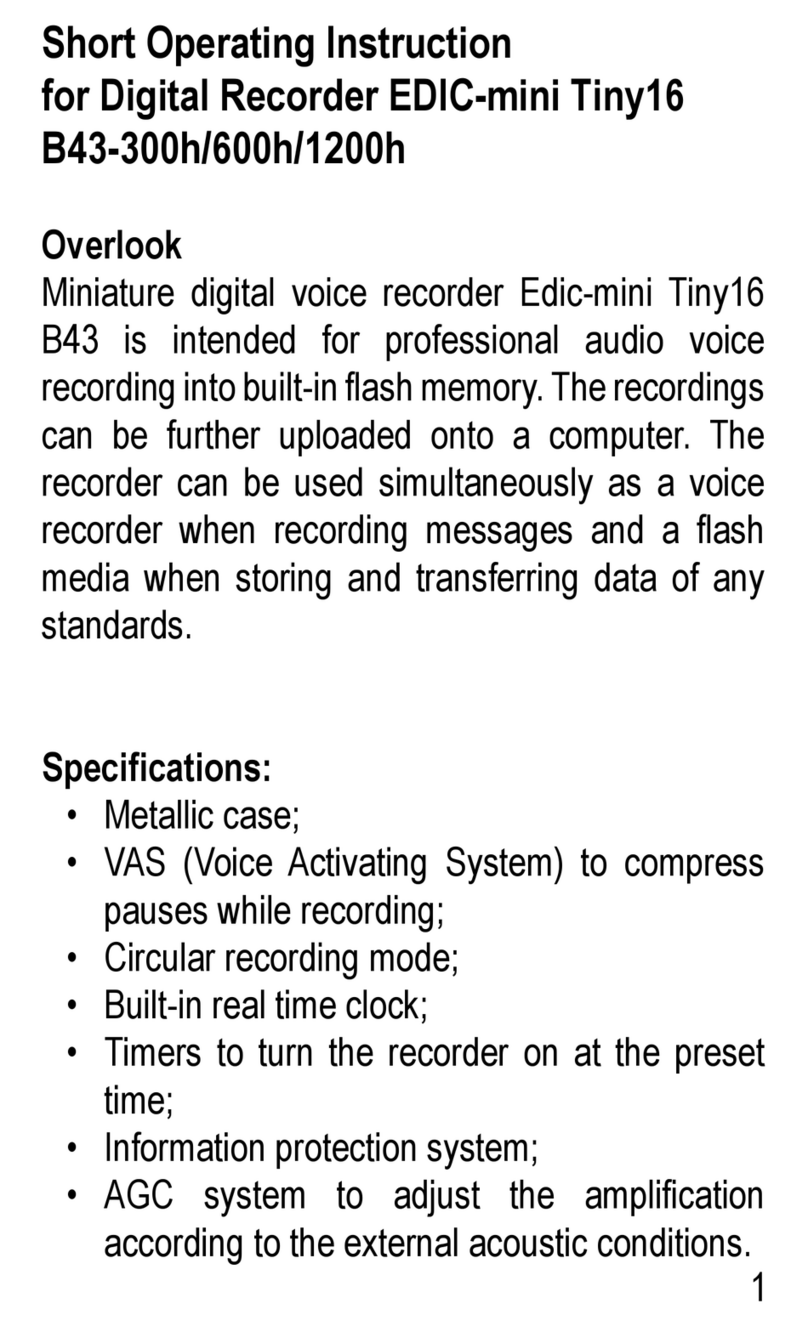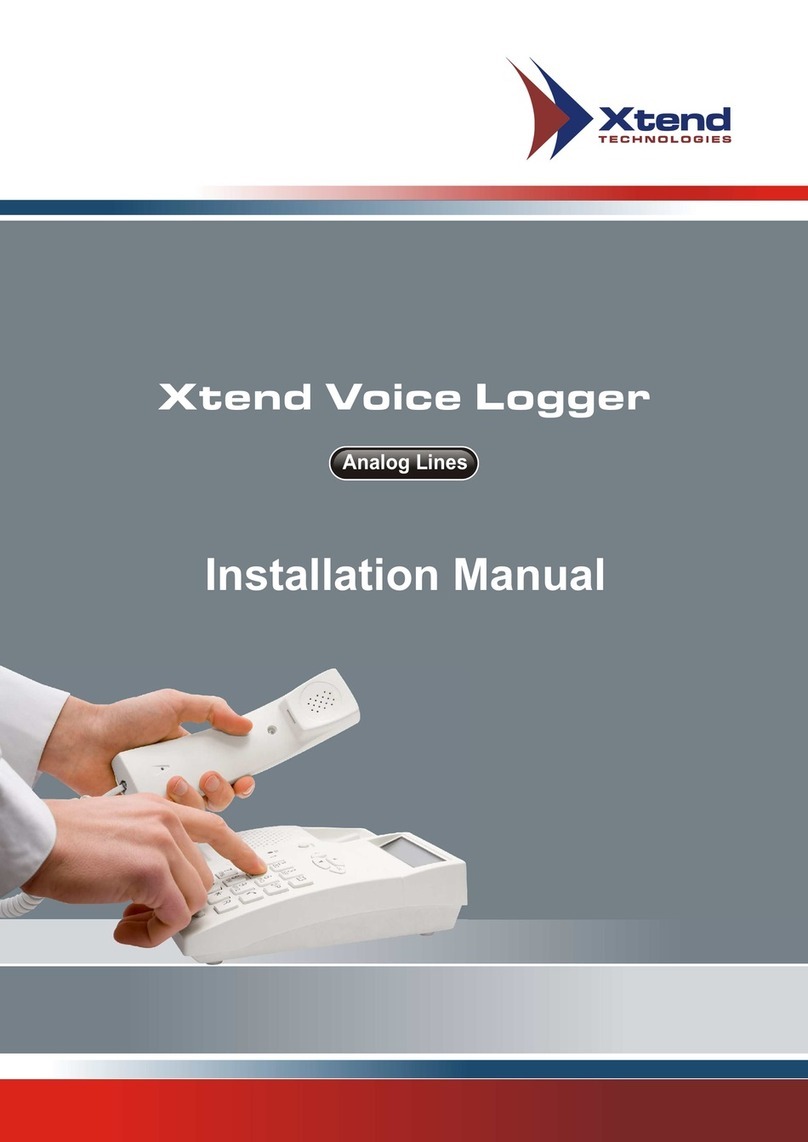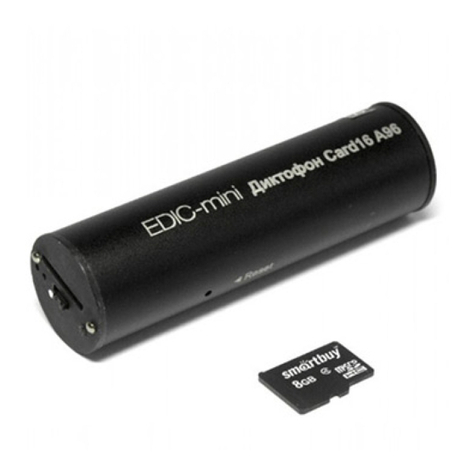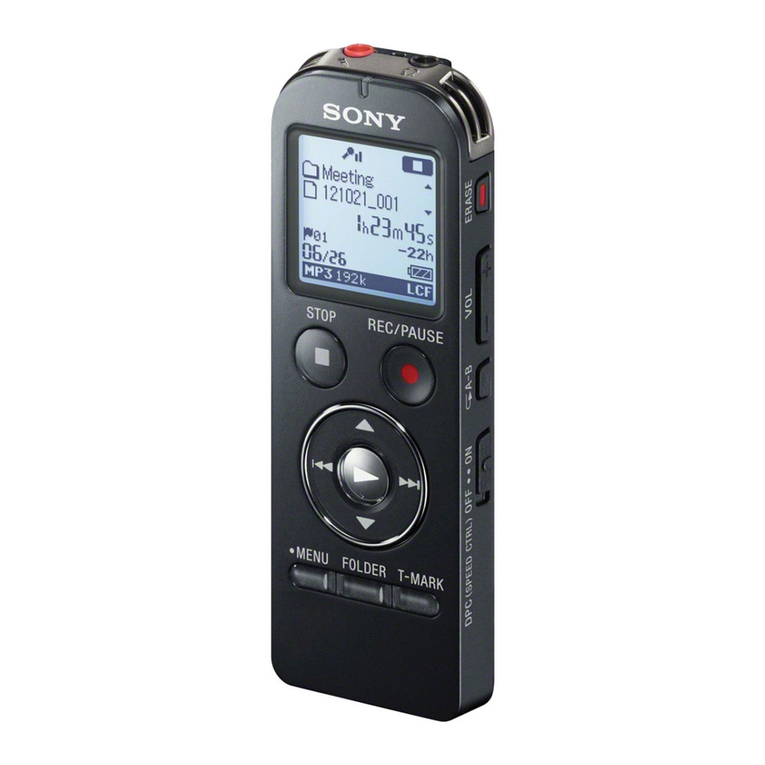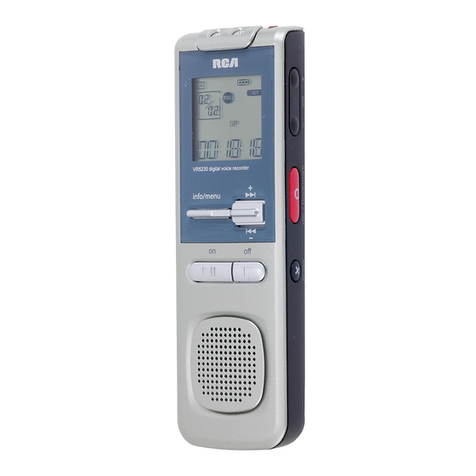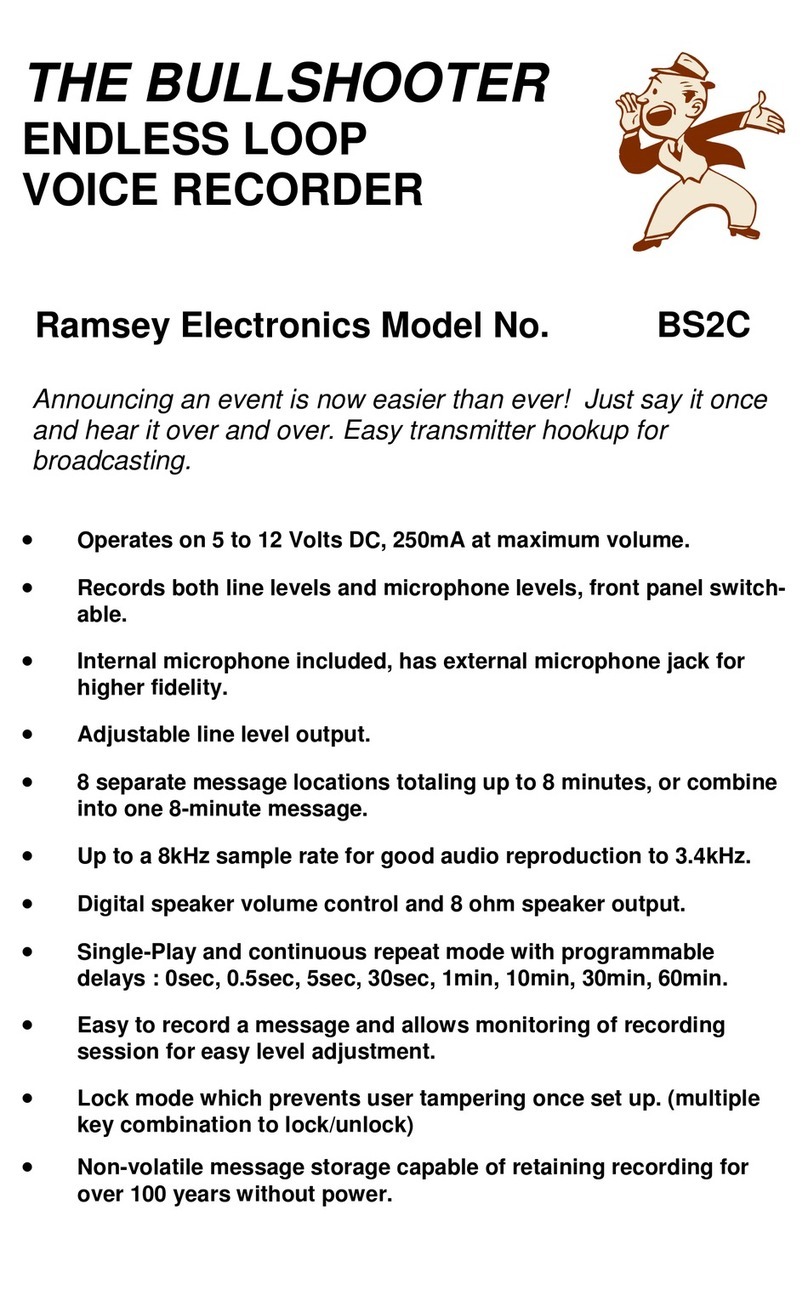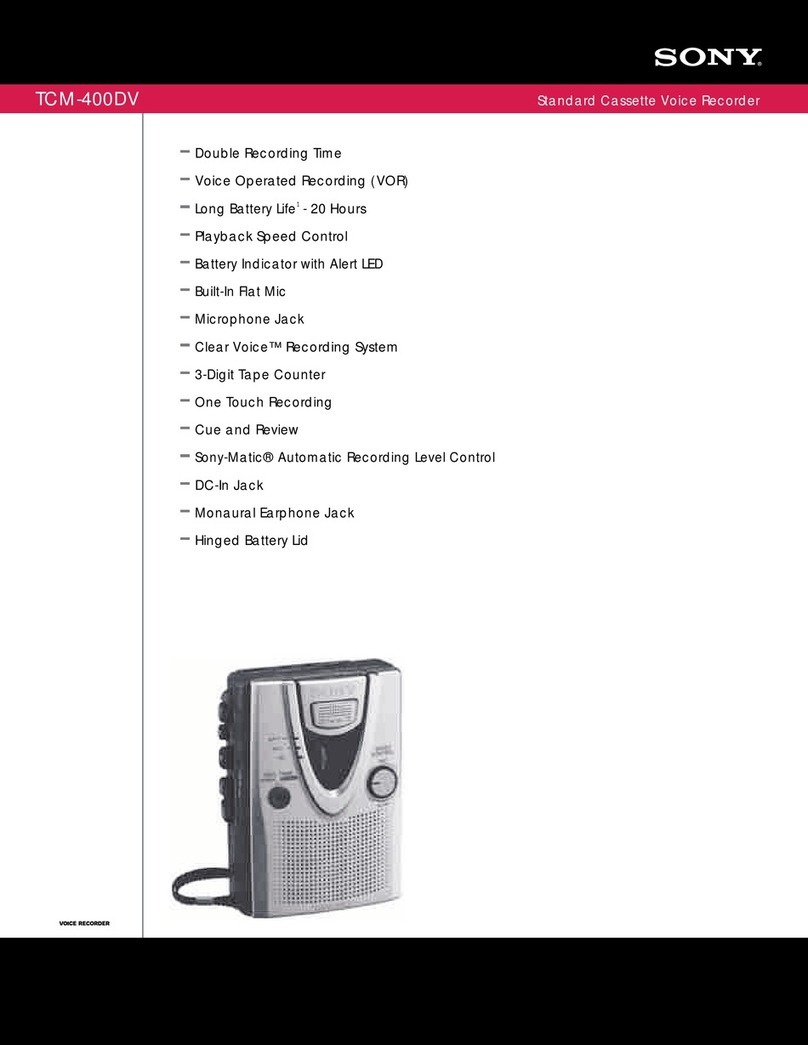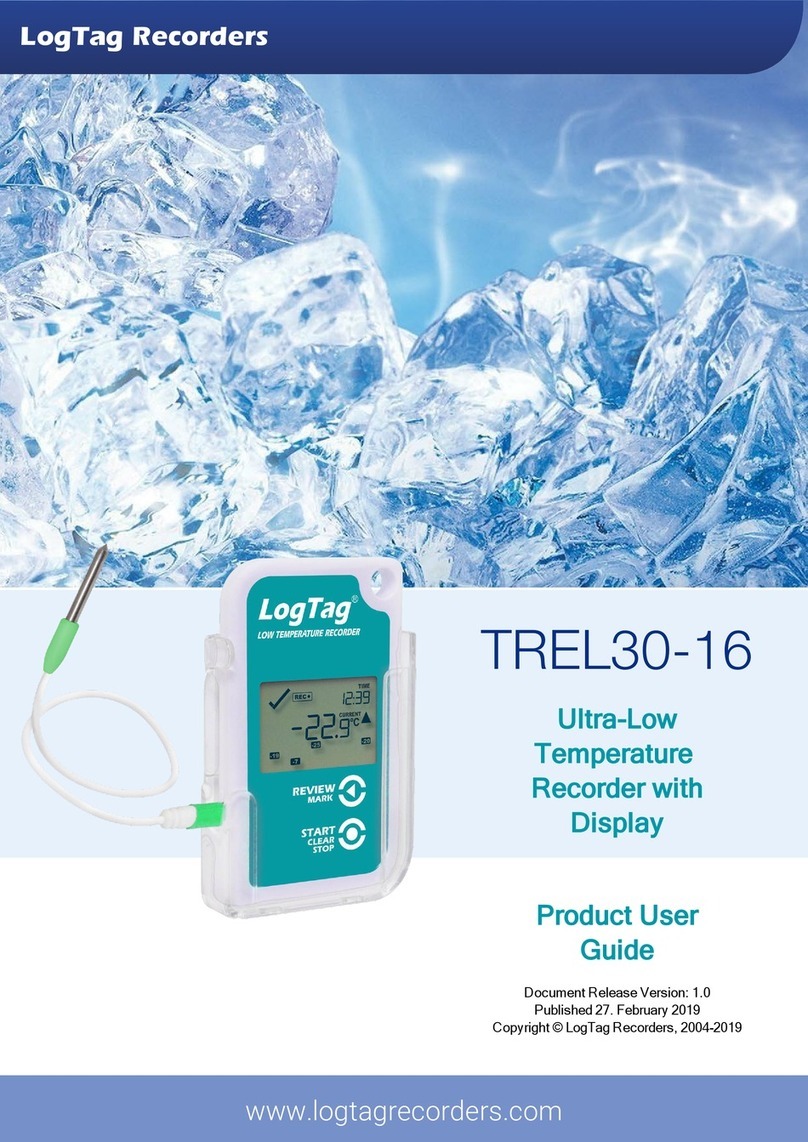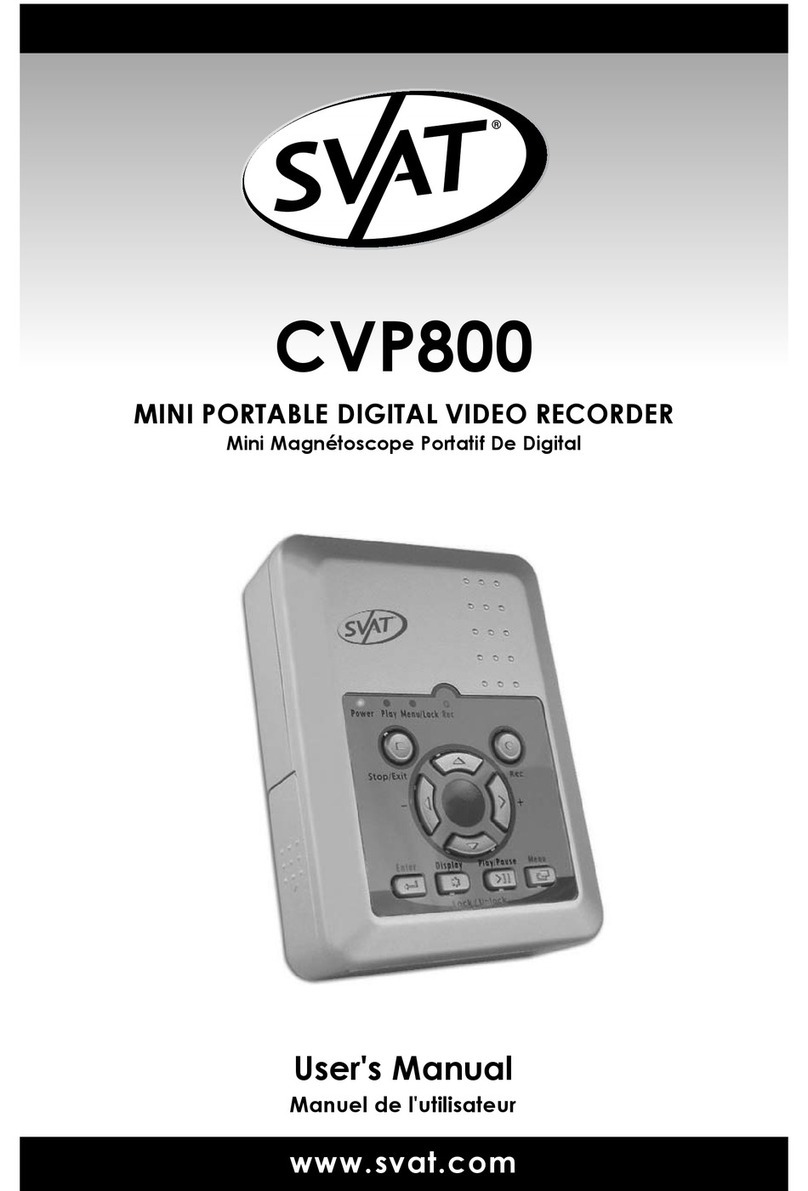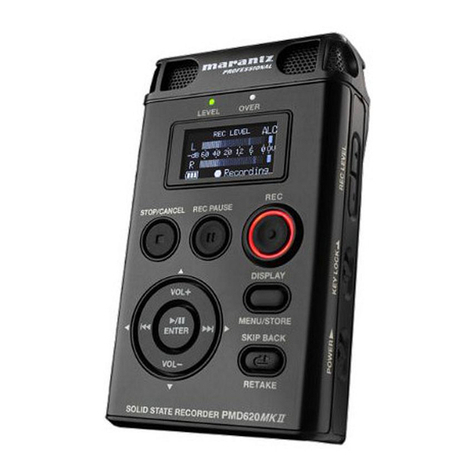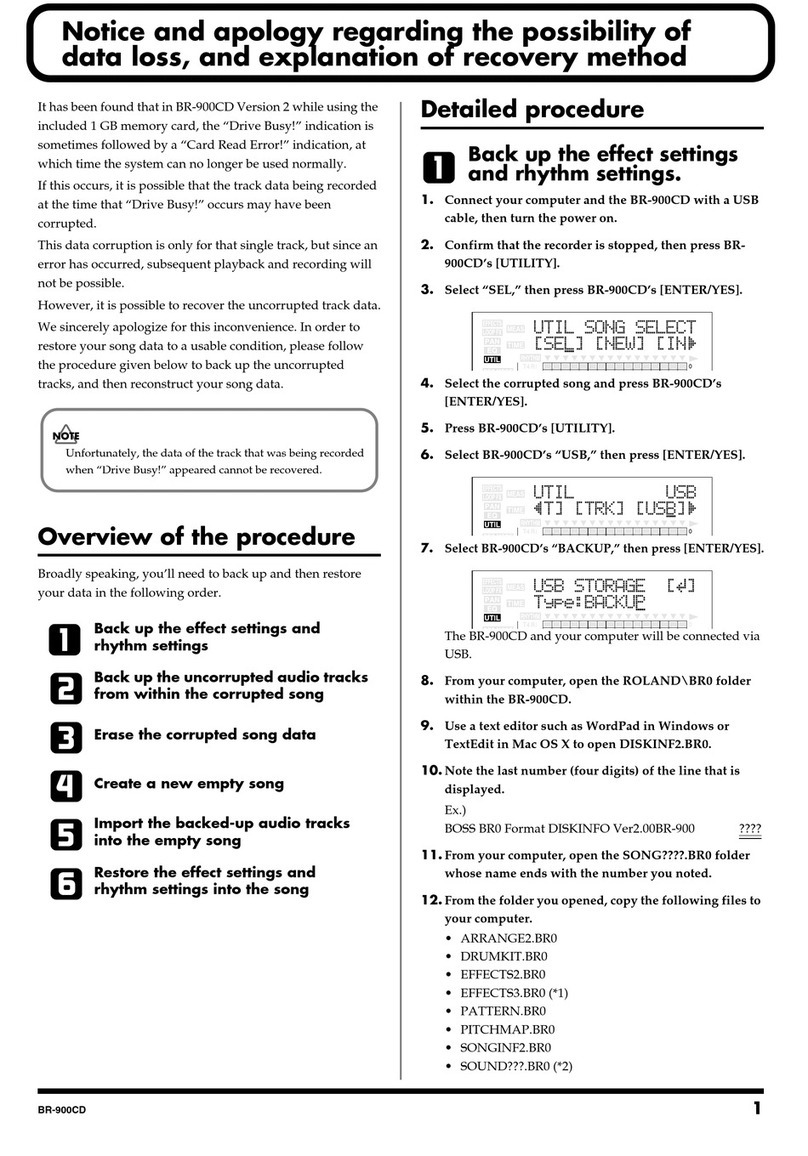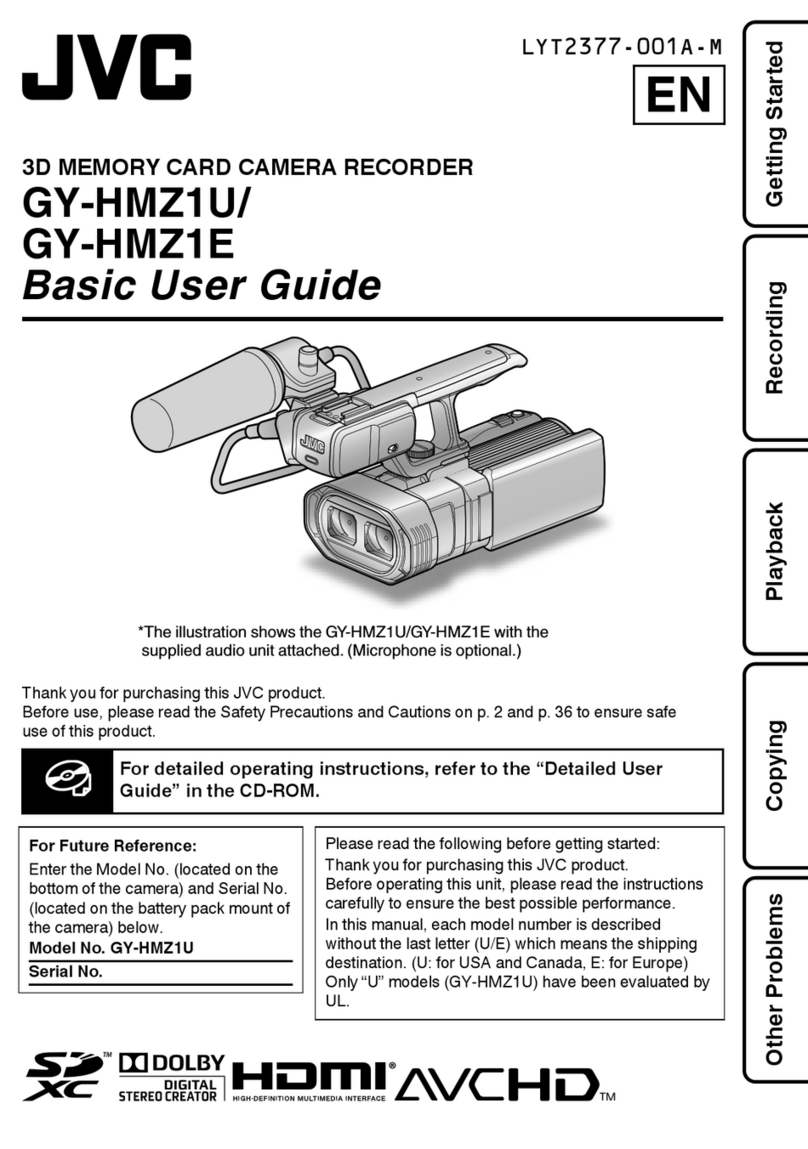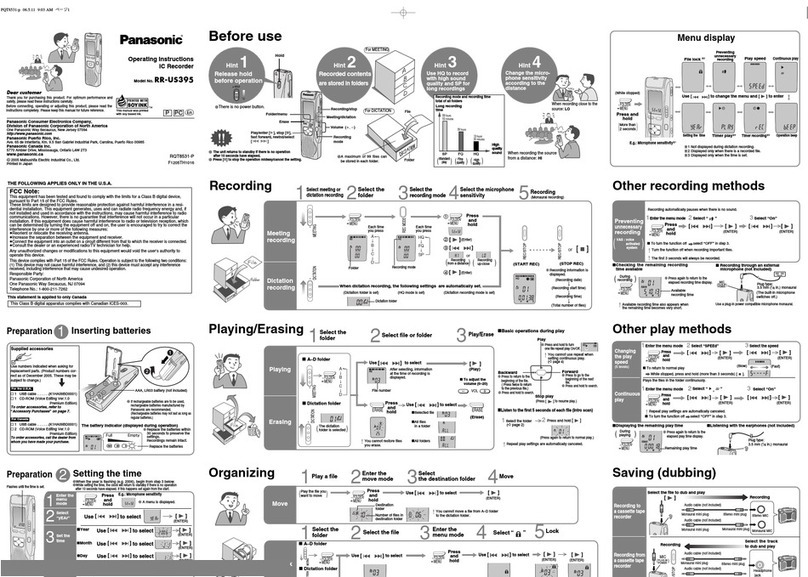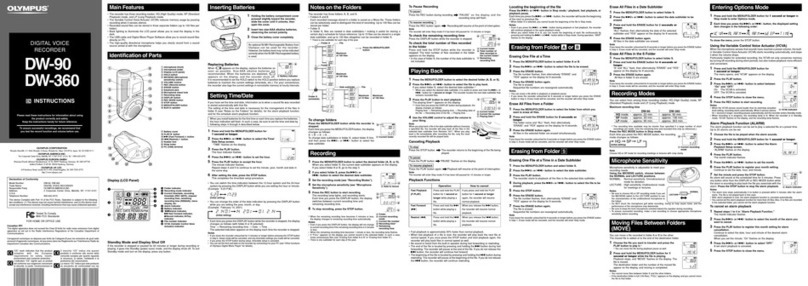
Preface
Every effort has been made to assure the accuracy of the information contained in this
manual. If you find an error or typo, please bring it to our attention so that we can cor-
rect it for others. You may even get a coffee mug for your trouble. Alcorn McBride wel-
comes comments and suggestions on the content and layout of its documentation.
Applications described herein are for illustrative purposes only. Alcorn McBride Inc.
assumes no responsibility or liability for the use of these products, and makes no rep-
resentation or warranty that the use of these products for specific applications will be
suitable without further testing or modification. Alcorn McBride products are not
intended for use in applications where a malfunction can reasonably be expected to
result in personal injury. Customers using or selling Alcorn McBride products for use in
such applications do so at their own risk, and agree to fully indemnify Alcorn McBride
for any damages resulting from such improper use or sale.
Hardware Design: Jim Carstensen, Scott Harkless, Steve Alcorn
Firmware Design: Joy Burke, Adam Rosenberg
Mechanical Design: Martin Chaney
Documentation: Joy Burke, Jim Carstensen
Alcorn McBride Inc.
3300 S. Hiawassee, Suite 105
Orlando, Florida 32835
(407) 296-5800
Fax: (407) 296-5801
Internet: http://www.alcorn.com
E-mail: support@alcorn.com
LightCue™ is a trademark of Alcorn McBride Inc., all rights reserved.
Copyright © 2012 Alcorn McBride, Inc. All rights reserved.
